Here is a graph I developed showing the worldwide production of oil over the last sixty years or so.
By the way, notice the complete lack of a peak, after which the production of oil goes into a permanent slide toward zero?
We need to learn quickly to keep up with the massive change around us so we don't get run over. We need to outrun change.
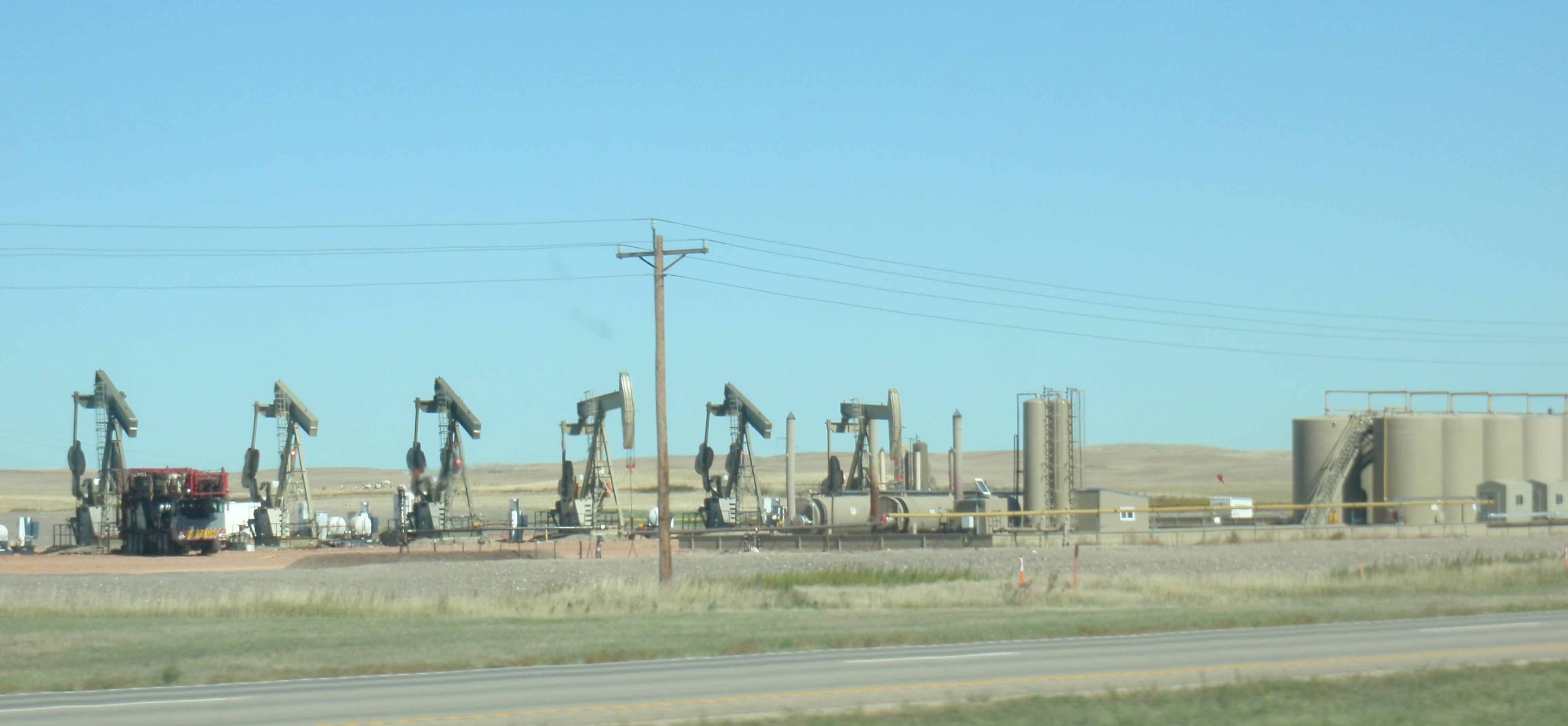
The increase in DUCs, or drilled but uncompleted wells, in North Dakota is getting to be old news. The new word of fracklog has emerged to describe and quantify the number of wells waiting to be fracked before they go into production. Two recent articles and then a graph of the fracklog.
Big headlines recently announced two companies have stopped fracking. This is neither a big story nor a new story.
Previously mentioned the following article which says Whiting Petroleum will stop fracking its wells in the second quarter. This means they will keep drilling but not frack & complete any wells.
Continue reading “The slowdown in North Dakota well completions. AKA fracklog.”
The year and half of effort by Saudi Arabia to shut down the shale industry is finally having a visible impact on production in North Dakota. Average production dropped 30,590 bopd to average of 1,122,106 bopd in January. That is a 2.65% drop in January following a 2.46% drop in December.
I’ve seen speculation that the January output would drop dramatically. Not sure that two and a half percent meets that particular forecast.
January production is down 105k bopd from the high water mark in December 2014. Going to take a reeeeeally long time to clear the 1 million bopd world-wide oversupply at that rate.
Don’t have time to update all my graphs this month, so here is the basic production graph I’ve been tracking:
An article explaining why Peak Oilers are in hiding prompted me to graph worldwide oil production.
Peak Oil doctrine was wrong when announced by Dr. Hubbert. It was wrong at the turn of the century before the energy revolution was kicked off by technology that was unimaginable 50 years ago. Peak Oil doctrine is still wrong. It will continue to be wrong.
Check out my graph to see a visual explanation of the foolishness.
1/21 – Hit and Run blog at Reason – Where Have All the Peak Oilers Gone? – Article points out that four of the most visible Peak Oilers are in hiding. Another one of them is still speaking out. In addition, he wrote a new forward in 2010 to his 2007 book proclaiming yet again oil production will go into an irreversible, inevitable slide.
Two data points that provide more proof of the foolishness of Peak Oil doctrine: Continue reading “Peak oil doctrine is still false. Please point out to me on my graph the irreversible decline in production after 1970. #45”
I’ve been going through a backlog of energy articles that I haven’t had opportunity to comment on before. A great article last fall from The Million Dollar Way prompted me to look at what has happened to oil output since prices collapsed.
10/14/15 – The Million Dollar Way – Wednesday, October 14, 2015 – Part IV; Blue Skies – Article is from October. The underlying point stands. Look how little the monthly output has changed even though drilling activity has shrunk.
Here are some stats mentioned for October 15 with prior year numbers:
So production has collapsed, right?
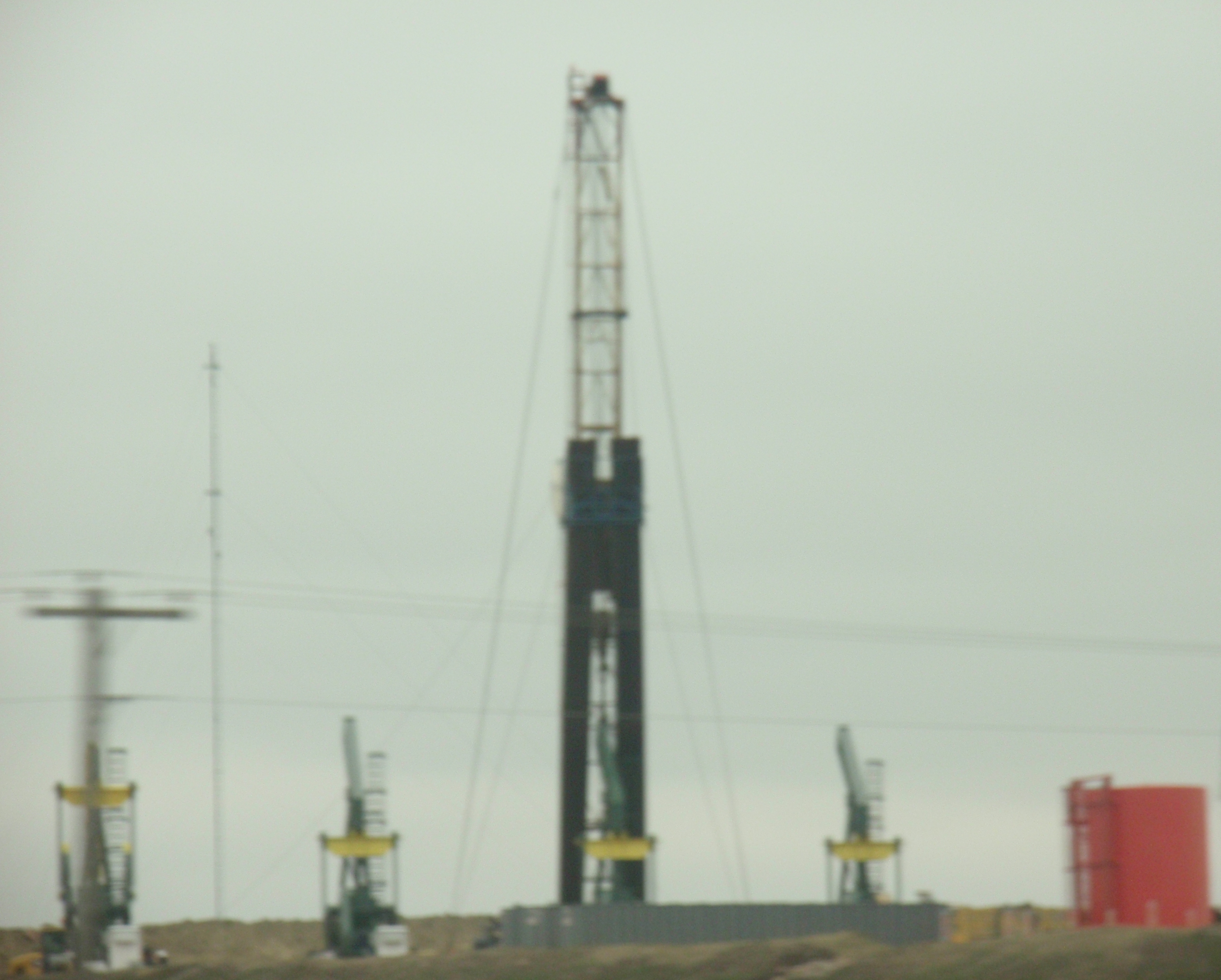
Bruce Oksol wonders whether Bakken oil production is entering the manufacturing phase after a frantic construction phase.
2/3 – The Million Dollar Way – Idle Chatter on DUCs and Related Data Points – Before a big factory or electrical plant or other major project begins production there is a massive construction effort. The number of jobs to run the facility is a fraction of the number of workers needed to construct the thing. When completed, the number of jobs at the facility drops off.
Mr. Oksol uses the illustration of a natural gas plant being built. During construction there will be around 2,000 temporary jobs. When that gas is turned into electricity, the plant will employ 45. That’s 2,000 temporary and 45 permanent jobs.
He wonders if Bakken is like that, having finished the ‘construction’ and now moving into manufacturing.
Continue reading “Bakken entering ‘manufacturing’ stage? Also, count of oil rigs in field.”
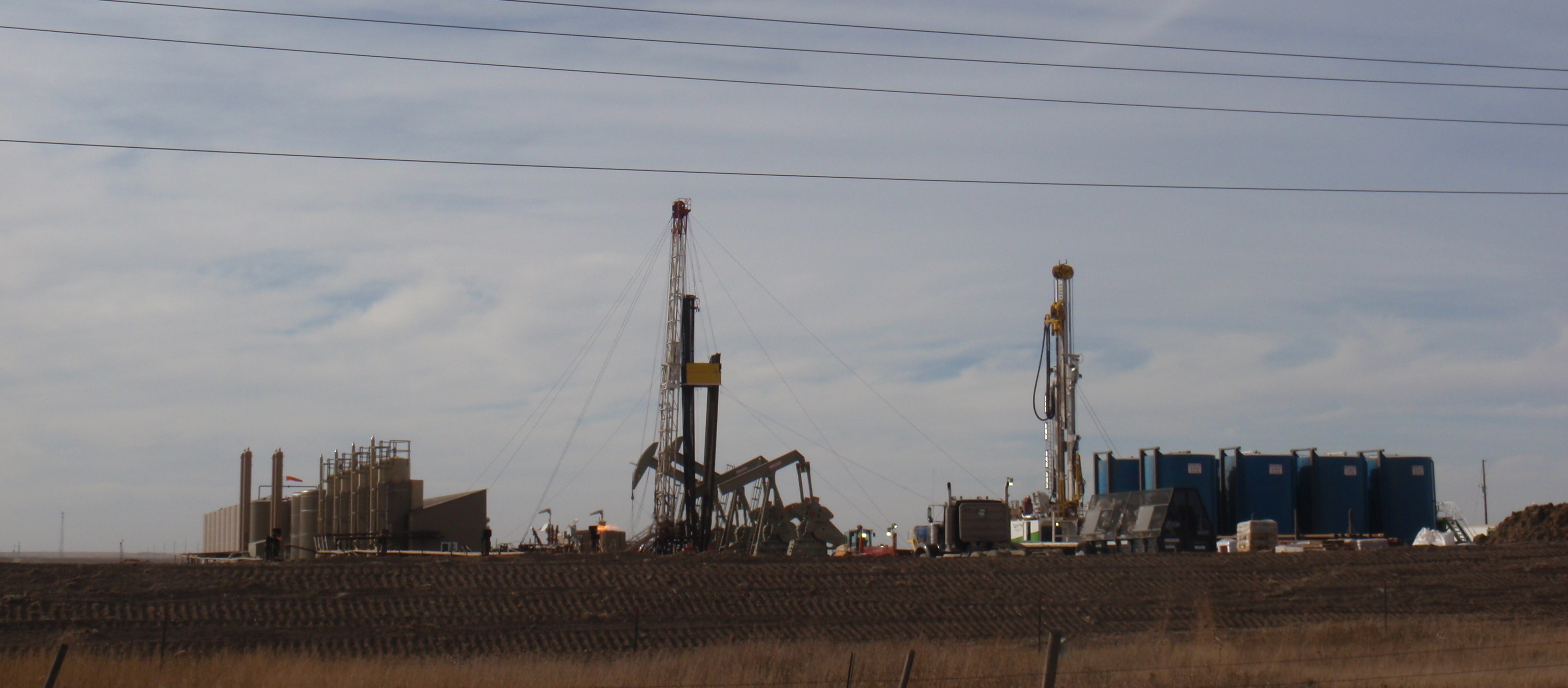
A few articles of interest to me over the last two months: baby deliveries increase, airline boardings down, adjustments to low prices continue.
1/15 – Amy Dalrymple at Oil Patch Dispatch – While oil boom has slowed, births still booming – number of births in Williston and my not word a record number last year. The count at Williston’s Mercy Medical Center:
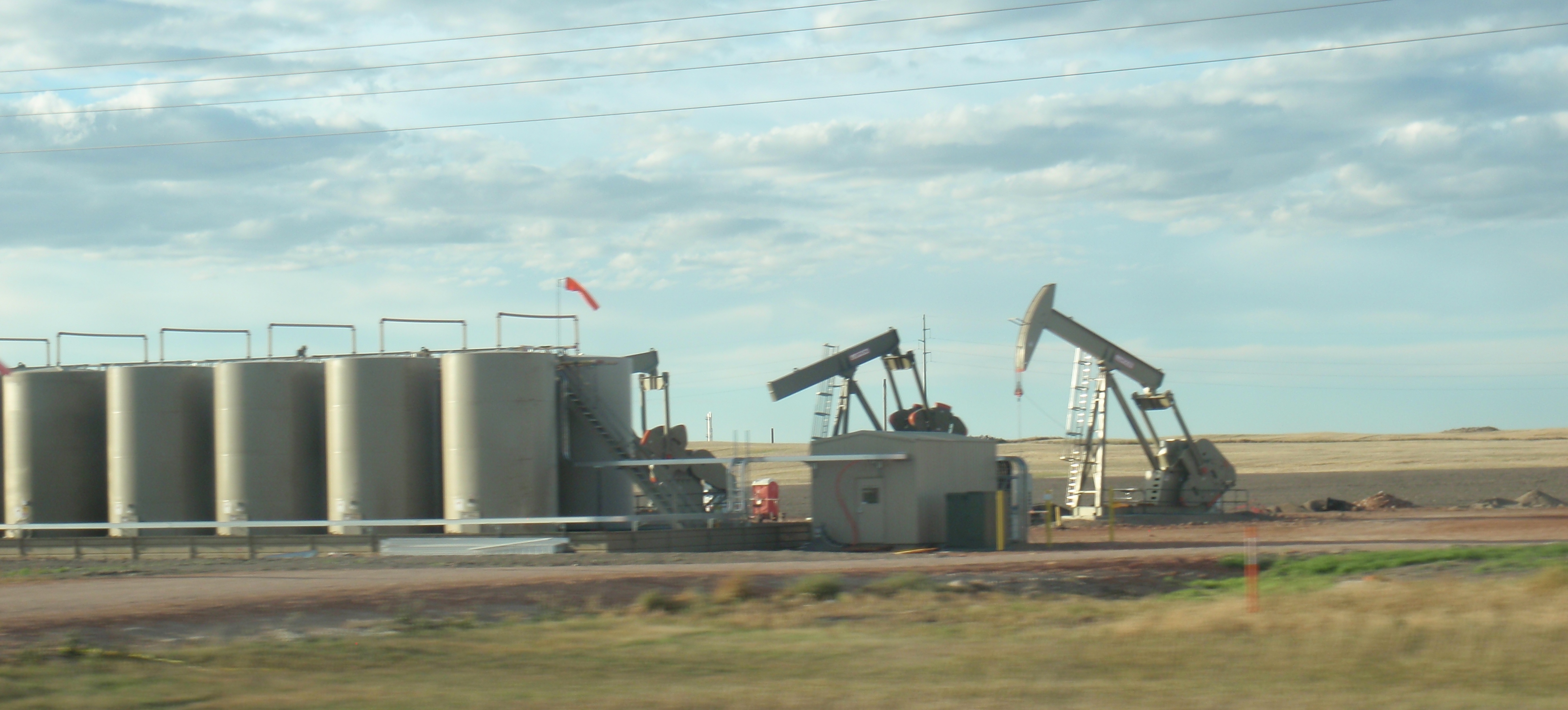
Here are three very different articles on the future of crude oil prices.
One of the memorable things I learned in grad school was the idea that you can’t project the current trend of something into the future forever.
Keep in mind that West Texas Intermediate price was somewhere in the region of $100 a barrel in mid ’14. WTI is now about $26. Let me round off some calculations for simplicity. Let’s call that a current price of $30. Let’s call that a year and a half.
So we see a drop of about $70 in 1.5 years. A straight line projection would calculate out as another $45/bbl in another year. Thus, by 12/31/16 WTI price will be $30 minus $45, or a negative $15. Yes, you read that right. A straight line projection means that oil producers will be paying refineries $15 for every barrel the refiners agree to take off the producer’s hands. Gas prices will consist only of the refining costs, a humongous list of taxes, with an offset for the negative cost of raw material.
You can’t do straight line projections forever.
Here are three superb articles that help me understand what is going on in the world of crude oil…
1/18 – Mark P. Mills at The Wall Street Journal – After the Carnage, Shale Will Rise Again / Vast swaths of shale will be profitable with oil at about $40 a barrel, and the nimble industry is ready – If you actually pay attention to my blog, Mr. Mills’ article is a must-read.
Oil prices are quite cyclical. He points out there have been six extremes since the’73-’74 oil embargo. The extremes create turmoil. At the moment we are in the carnage stage of the cyclical extremes.
Continue reading “Oil prices – Trends don’t continue in a straight line forever”

All the world’s players are reacting to the sustained drop in crude oil prices. Here are a few articles I’ve found of interest lately. Another post soon.
1/12 – CNN money – OPEC considering emergency action on oil prices – Article hints that OPEC may have an emergency meeting as soon as February. Next scheduled meeting is in June. Goal would be to get production cuts which will pull oil off the market and increase prices.
Article asserts Saudi Arabia started the price war (which is now the appropriate word) to go against shale producers in the US. That has been my assumption all along. Most articles I see in print now state that as common knowledge.
OPEC may be about ready to blink.
12/28 – Bloomberg News at Calgary Herald – Shale drillers running out of tricks to survive as OPEC keeps up pressure – Shale drillers have done all they obvious things to cope with $50 oil: lay off staff, focus on the best spots, increase amount of sand, drill smarter, drill faster, and squeeze suppliers. That has allowed the industry to essentially maintain production.
But now oil is at $35.
Continue reading “Background on collapse in crude oil prices – 1/20”
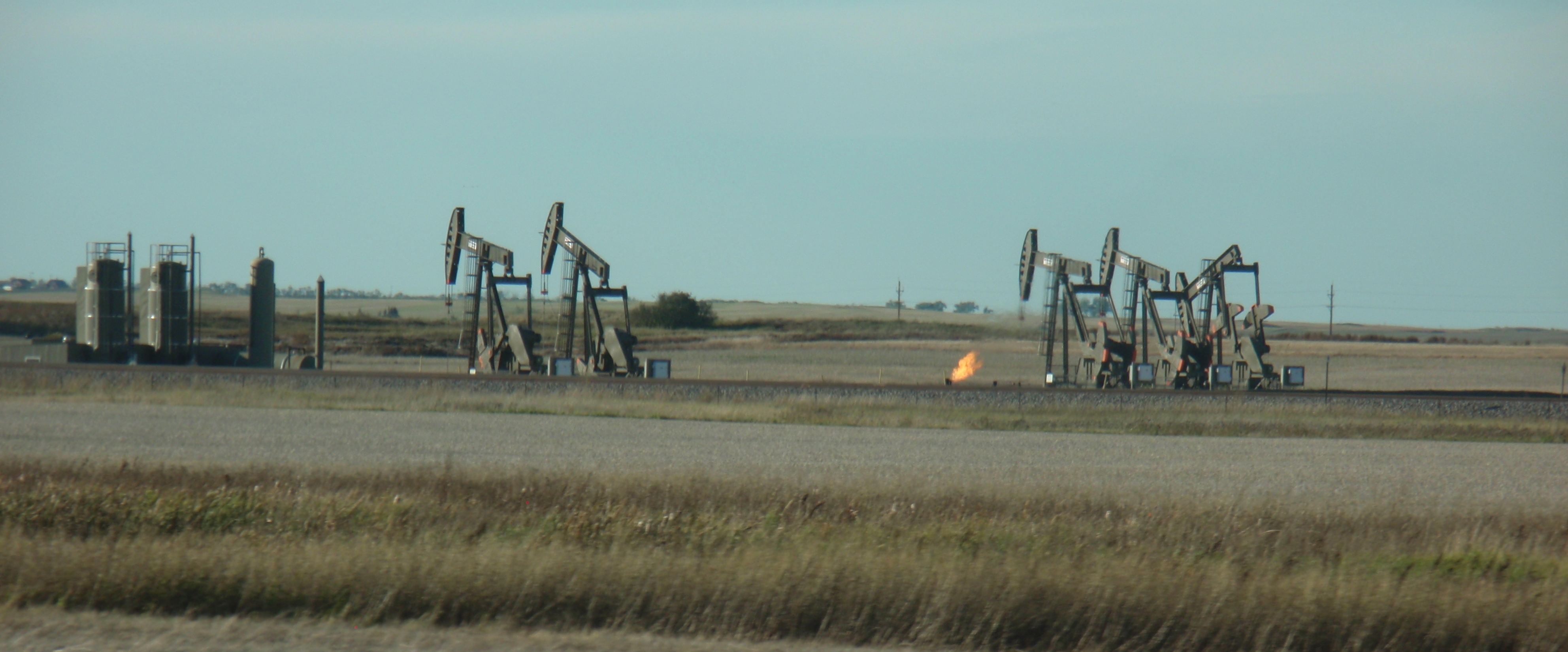
Production information was released for North Dakota yesterday. In November, production increased to 1,176,314 bopd (prelim) from 1,171,119 bopd (revised). That is an increase of 5,195 bopd, up for a second month. Percentage change is up 0.44%.
A few graphs today and a few more Monday. Here is what the state-wide and Bakken-only production looks like, along with a what-if guess based on average increases having continued.
Sort of looks like a plateau.
Here is the long-term picture of state-wide production:
Continue reading “Oil production in North Dakota increases about half a percent in November ’15”
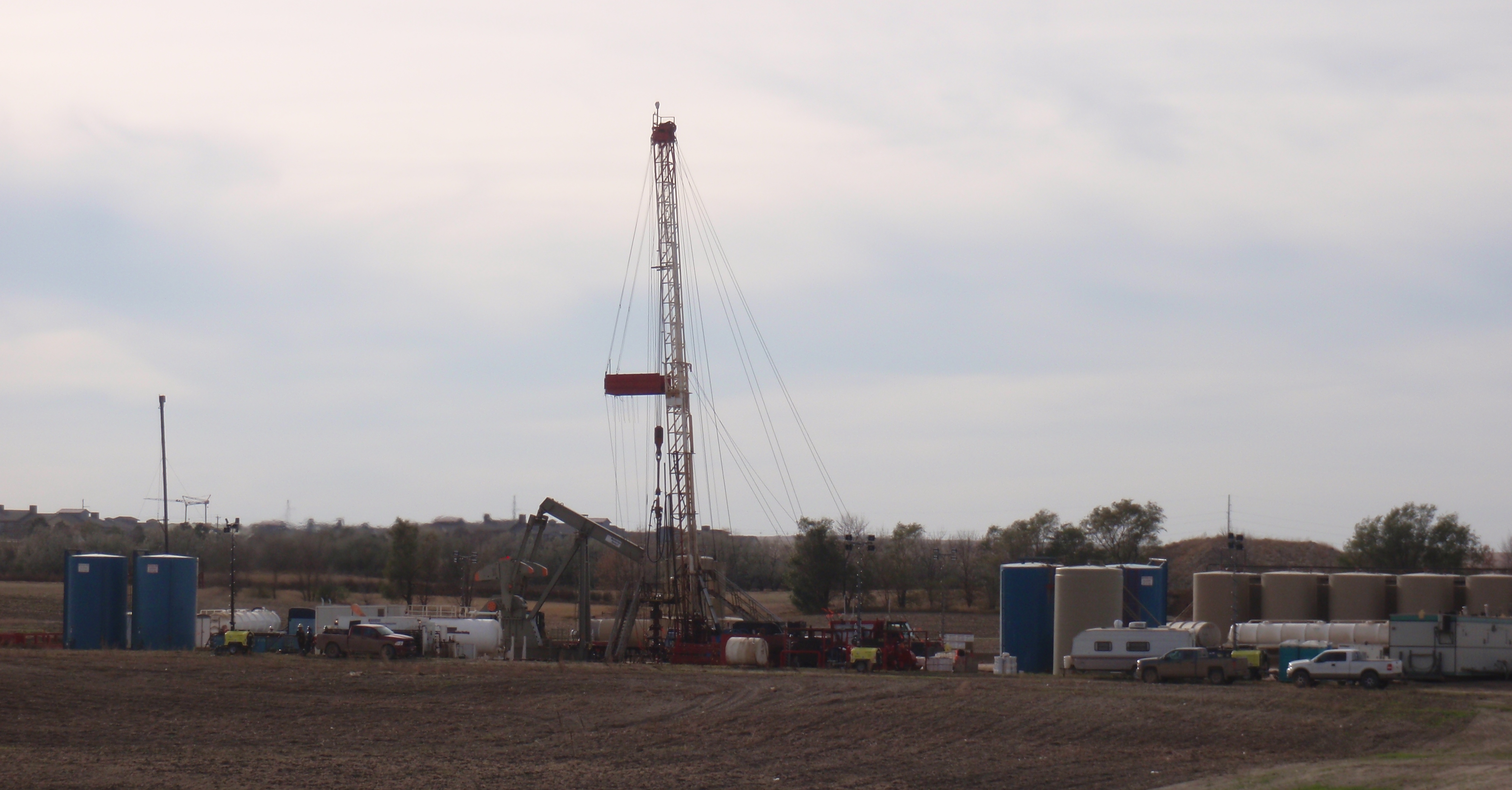
Here is a recap of the North Dakota rig count, all from Million Dollar Way. Some older data repeated for context: Continue reading “Rig count in North Dakota, update through early January ’16”
[youtube=https://youtu.be/3ZYVN_7PG_M]
Here are a few articles that caught my interest. Two on Aramco possibly floating an IPO and two on increasing tensions between Saudi Arabia and Iran.
1/7 – The Economist – Saudi Arabia is considering an IPO of Aramco, probably the world’s most valuable company – Continue reading “More news from the Middle East that could affect the oil market and prices”
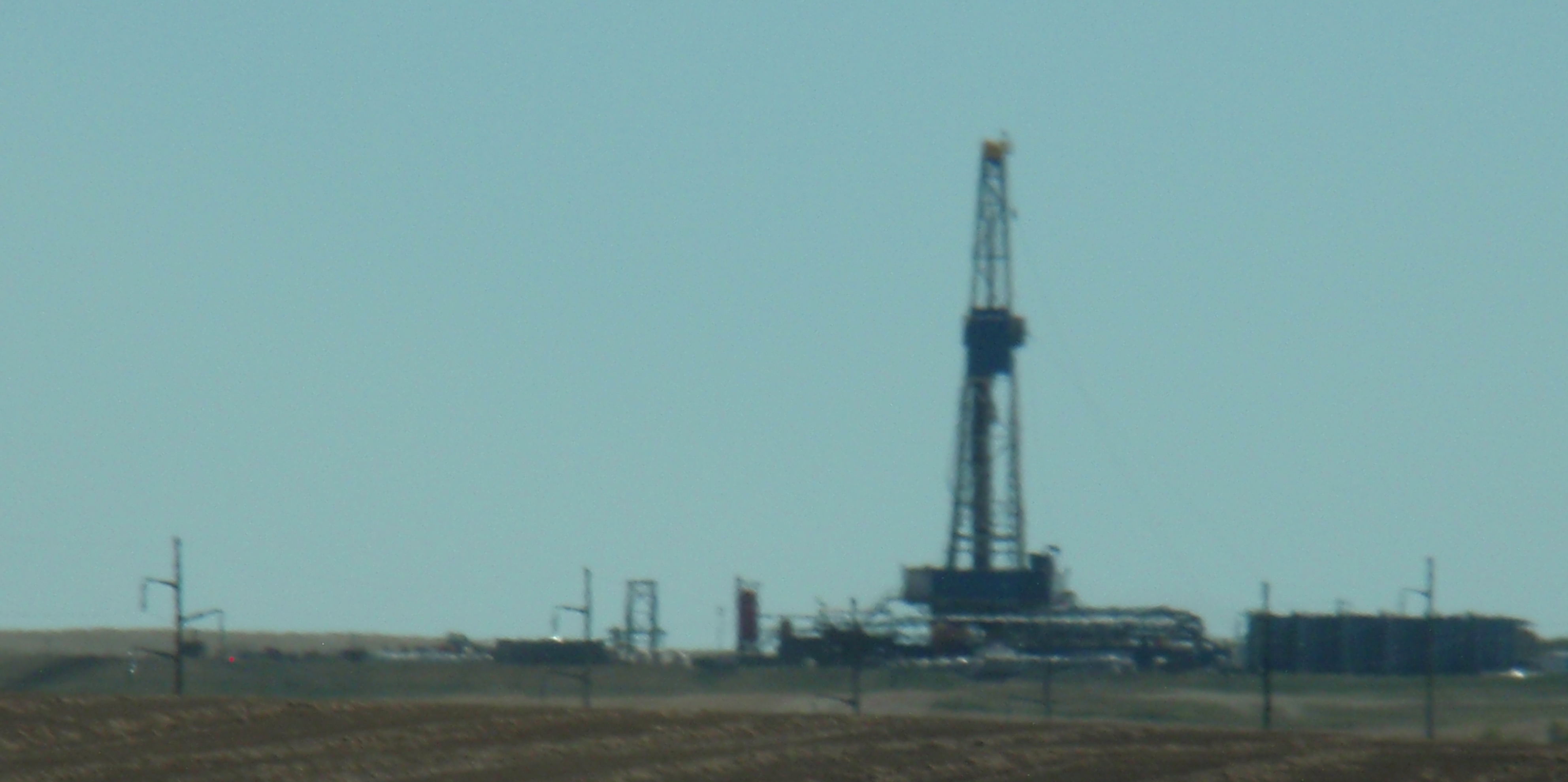
Had been planning to hold this article for a few days because of other posts I’d like to run first. Guess I’d better run it now. At the rate things are deteriorating in the Middle East, need to post it quickly before war headlines make it completely out of date.
12/30 – The Guardian – Recession, retrenchment, revolution? Impact of low crude prices on oil powers. Article walks through what low oil prices may be doing to each country.
A graph shows one factor that is fascinating to me, specifically the price needed to balance the national budget in various countries. Here are the prices a few countries need: Continue reading “More on low oil prices with particular focus on Saudi Arabia”
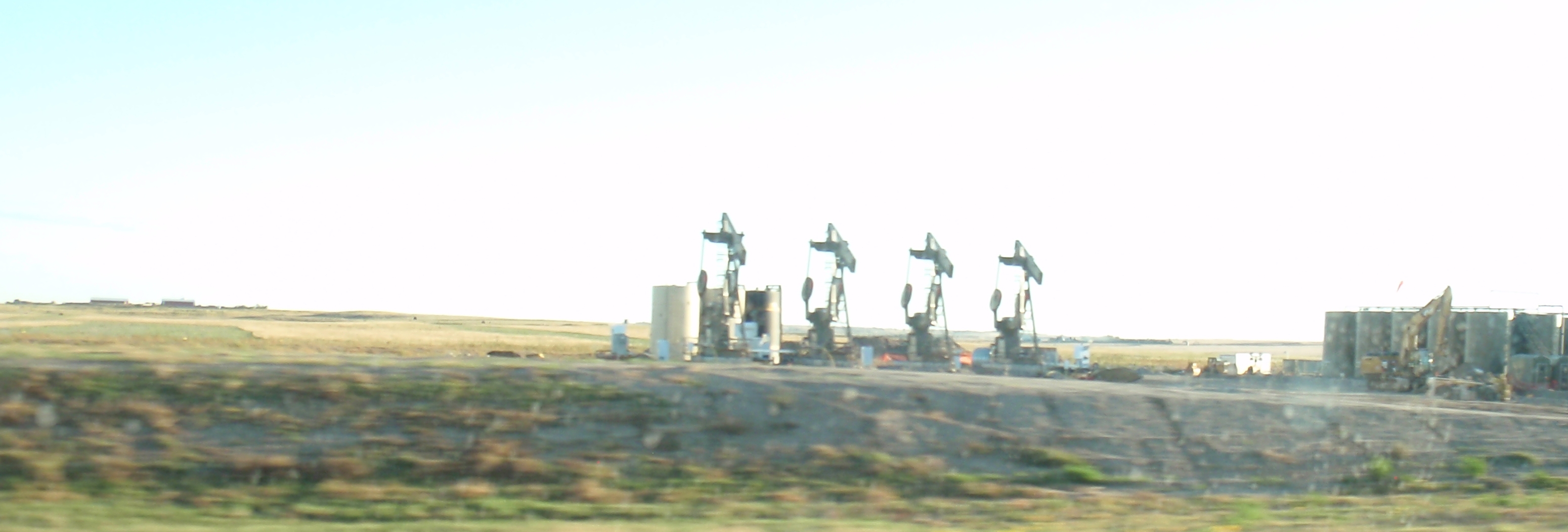
Production in the Bakken field of North Dakota dropped 4,140 bopd from October 2014 to October 2014. Going from average output of 1,118,070 bopd a year ago to 1,113,930 in 10/14 is a drop of 0.37%, or about one-third of one percent.
Overall production in North Dakota dropped 14,565 bopd, or 1.23% in the same time.
I don’t think flat production is what OPEC, I mean Saudi Arabia, had in mind when they went for maximum production.
Continue reading “Flat output from U.S. shale in last 12 months is not quite what OPEC had in mind”

There was lots of news yesterday about the House passing a budget that covers all federal operations for the 2016 fiscal year.
I will leave the heated political observations to others. They seem to all be having fun.
What I’ll focus on is several ways that the sausage-making legislative compromises affected some of the wide open frontiers I’m watching.
Export ban on crude oil
Continue reading “Government intervention can stop an industry or make the good times roll”